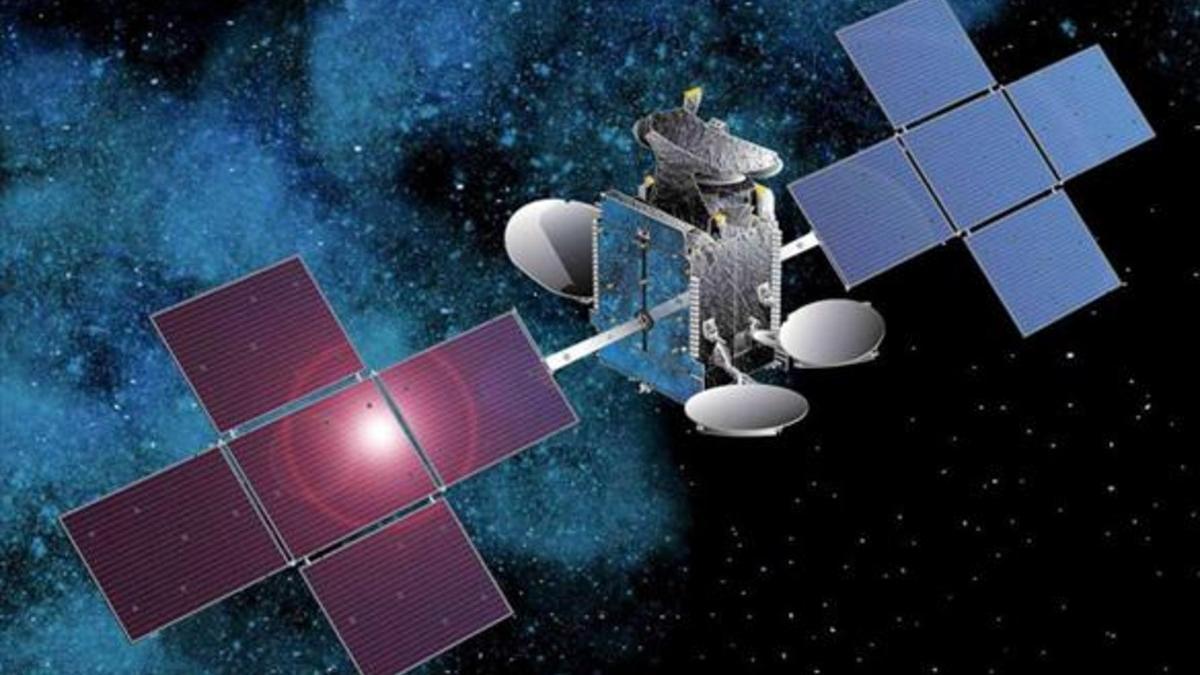-
The Spanish operator thus provided internet to passengers on flights over the Atlantic
The Spanish operator Hispasat launched the Amazon Nexus, its most advanced satellite, into space on Monday, which will bring the Internet to passenger flights across the Atlantic and to the remotest regions of Greenland. The launch, which had to be postponed one day due to complicated weather conditions, was carried out aboard a Falcon 9 rocket from the American company SpaceX, from its facilities in Cape Canaveral (Florida).
The Nexus will occupy a fixed position over Brazil, giving it a wide coverage area that will include the North and South Atlantic corridors, the entire American continent and Greenland. This has allowed Hispasat to reach a pre-launch agreement with the company Internet on gogo planes -now part of Intelsat-, which give passengers on transatlantic flights the ability to video chat or watch TV during their travels.
This focus on mobility, both air and sea, distinguishes Amazonas Nexus from other company satellites, more focused on broadcasting audiovisual content. «For the thousands of ships that move between Europe and America, for the thousands and thousands of planes that connect us every day… it is evident that the satellite is a great instrument to provide quality internet,» the president explained to EFE. from Hispasat, Jordi Hereu. The former mayor of Barcelona defended that this is a very important segment that is growing, and that the company can now add to its product portfolio.
In addition to the project to offer internet on planes, Hispasat has already reached two other agreements: one with the national communications company of Greenland and another with the communications company Artel, which is working on a US Space Force plan to improve the satellite connections. With these three programs, Hispasat launches the Nexus with 60% of its capacity already committed.
Advance digital rights
He agree with greenland It will allow the most remote towns in the north and east of the region, where fiber optics do not reach, to connect to the Internet, and will also help provide corporate services to mining companies in the area. Bringing the internet to remote regions will serve to «advance digital rights that are not guaranteed for the entire population because it depends a lot on technology,» explained the president of the Redeia group (formerly Red Eléctrica), Beatriz Corredor. «I believe that after the pandemic we are all sure that connectivity is essential,» said the executive of the group that owns Hispasat.
Related news
In this sense, Jordi Hereu defended that the Amazonas Nexus will make digital connectivity can reach regions, especially in areas of Latin America, where other technologies are not yet able to reach. «I always say that the satellite is the great antidote to the digital divide,» she explained, while expressing emotion that with this achievement Spain is taking a «leap forward» in the space race.
The project, whose construction and development was carried out by the French company Thales Alenia Space (TAS), has required an investment of close to 300 million euros, although it will still take a few months to begin to see the fruits of the effort. That’s because the Nexus’ electric drive – an industry first – makes it slower than its chemically powered predecessors, which were able to reach position in a few days. The decision to opt for this type of propulsion, however, has allowed Hispasat to make better use of the space on the satellite, since it does not need to carry fuel, which makes it lighter.

